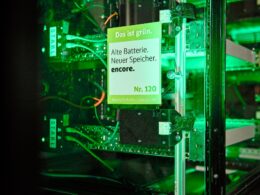My colleagues and I recently sat down to discuss the true meaning of “behaviour” when applied to fleet drivers.
It’s a word that is being increasingly used in telematics and dash-cam circles to describe how on-board technology can identify “driver behaviour” – but is this stretching the reach of what in-cab technology can truly deliver?
With all the information available at our fingertips, find the literal definition of “behaviour” took only a matter of seconds.
As well as meaning “the way in which one acts or conducts oneself”, behaviour can also be defined as “the way in which a person behaves in response to a particular situation or stimulus”.
The second definition is particularly interesting when applied to fleet driver behaviour. There are many technologies that claim to improve driver behaviour. However, in order to be effective, the technology must be able to provide insights by identifying the types of behaviour that can lead to accidents. Coaches can then provide the necessary training to minimise the chance of risky driving behaviours would lead to a collision.
This is where there is great disparity between available solutions. Many basic solutions may be able to show the consequences of a driver’s actions, but few will be able to offer insight as to why that action was taken and what needs to be done to remedy the behaviour.
For example, a simple dash-cam or a basic telematics solution may show that a driver failed to brake in time to avoid another vehicle that had suddenly stopped. But what does this really tell you about the driver’s behaviour?
Was the driver following the vehicle in front too closely? Was the driver distracted? Was the driver using a mobile phone? Did the vehicle in front break deliberately in a crash-for-cash attempt?
Only a dual-facing video solution will identify the real root causes of a collision and give fleet managers the tools and insight to easily coach drivers to be safer on the road.
By seeing the moments leading up to an incident from inside and outside the cab, fleet managers can remove any guesswork that may spring from only having a narrow point of view, which could potentially lead to them making a poorly-informed decision.
So when you next come across a fleet telematics or camera system that claims to improve driver behaviour, ask yourself if they truly can identify driver behaviour. If the device(s) only capture the driver’s reaction without addressing the root cause, the claims are likely misguided.
We all want to improve driver safety, and the ability to identify driver behaviours that can lead to incidents and address these behaviours through targeted coaching is a powerful tool.
So make sure the solution you decide to use is fit for purpose, and fits the definition. It might be the most important decision you make to improve your drivers’ safety.













